Create the perfect synth pad from scratch
They're not just there to 'pad' out the sound. A fulsome synth pad can convey chords, movement, tension and more. Here's how

SYNTH WEEK 2022: While some pad sounds are simply there to fill out the mix and prevent your ambient track from sounding a little too sparse, synth chords are a staple of electronic music, thrilling with unexpected changes and leading the ear through verse to pre-chorus to chorus.
The perfect pad sound depends on your track – of course – but they need some degree of subtlety in order to avoid clashing with other instruments and vocals. They need to fill the space… But allow the other components in your mix to do their job too.
In this tutorial, we'll take you through a basic pad-making process, then tart our patch up a little to finish the job in style. Let's go.
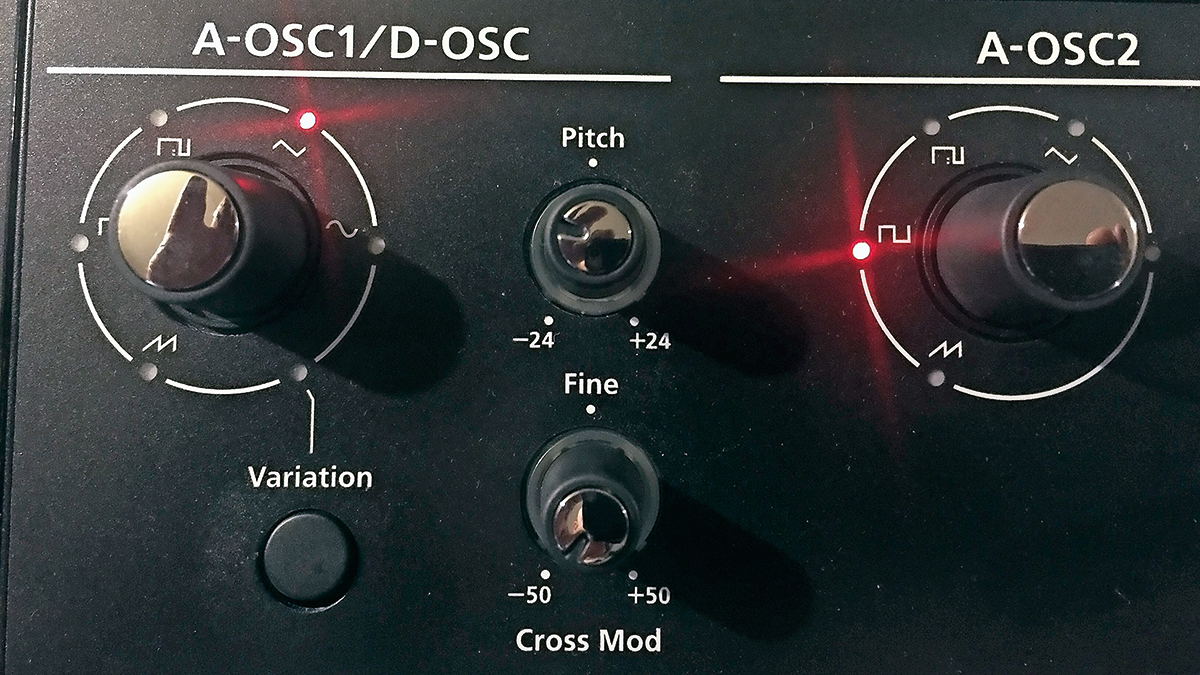
Step 1: Start from an initialised patch. Choose a triangle wave for oscillator 1 and a square wave for oscillator 2. Straight away you've got two distinct tones that work together, filling out your pad in progress.
Add a little detune, and filter the signal down using a low-pass for a darker sound. Tweak both the amp and filter envelopes for a soft attack and long release.
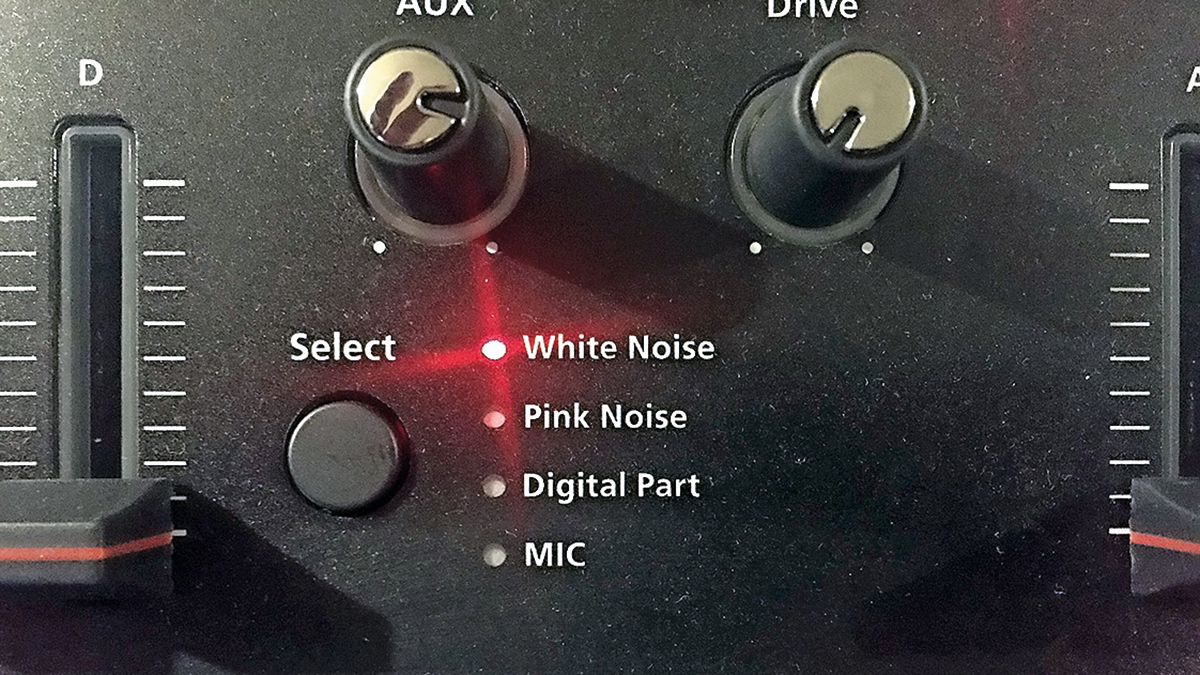
Step 2: Balance the filter cutoff, resonance and envelope settings together. Add in an airy-sounding digital/PCM wave and add some long release on the amp/filter envelopes to flatter the analogue layer.
Tweak the volume between the analogue and digital layers to taste. And perhaps add some white noise (synth permitting) for a little more of a gritty texture.
Want all the hottest music and gear news, reviews, deals, features and more, direct to your inbox? Sign up here.
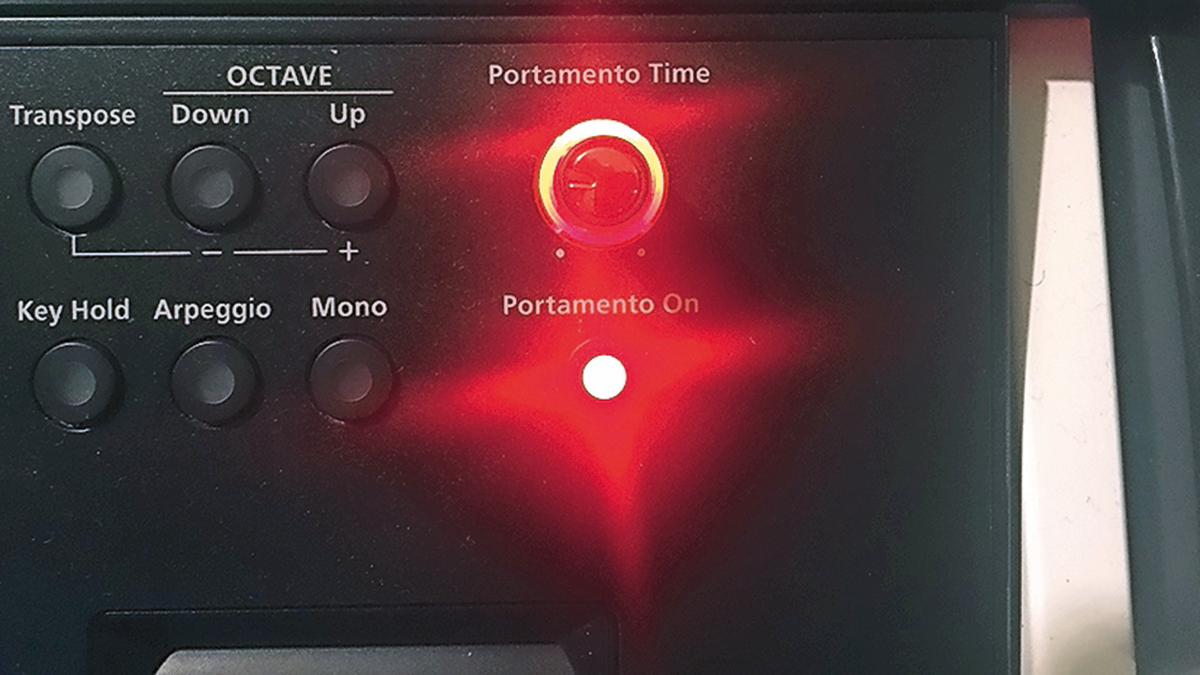
Step 3: Add another digital layer; this time a flutey/breathy sample. Balance the volume to taste. Add a touch of portamento. Dial in a sample & hold wave on an LFO and send to the filter at a medium rate. Tweak the ‘fade in’ time of this layer for smoothness.

Step 4: Now add some reverb across the pad to give it space and depth. Add some delay too, to see what it can do for the sound. Choose a reverb which has a long and warm tail, and which becomes part of the sound, rather than sitting on top of it. Balance and tweak to taste.
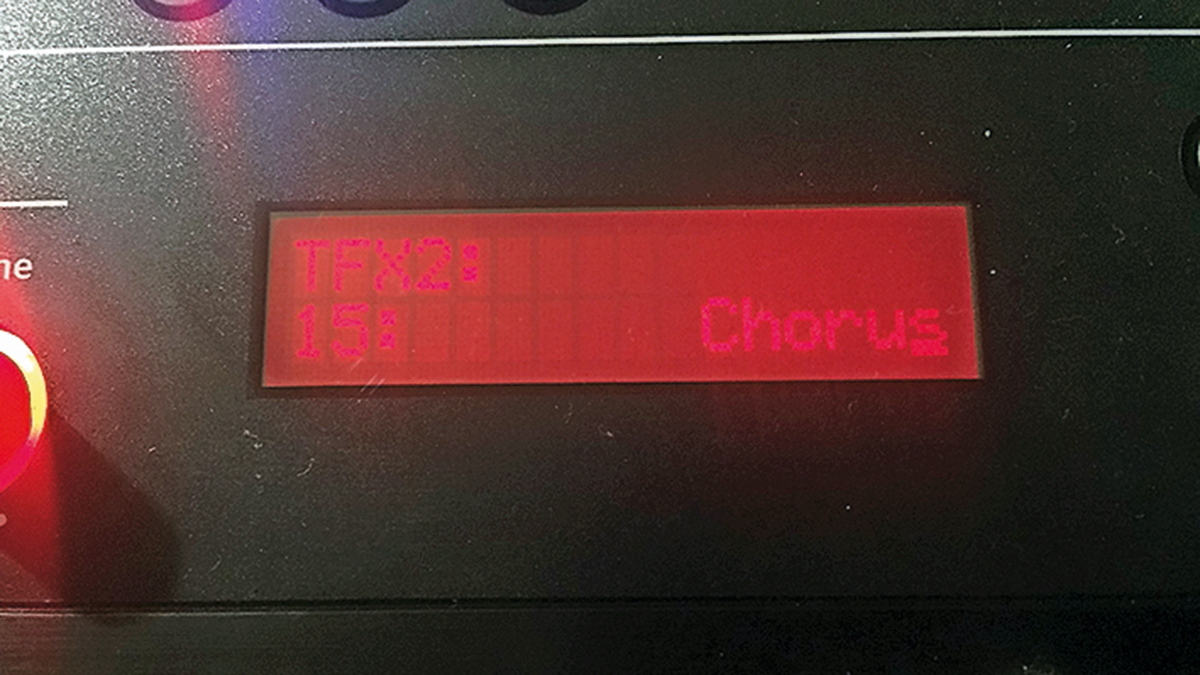
Step 5: For extra width, 3D depth and movement, add a subtle chorus effect across the whole pad, then experiment with panning each layer within the entire sound. Keep the darkest sound down the middle of the mix, with the two brighter, breathier layers panned left and right.
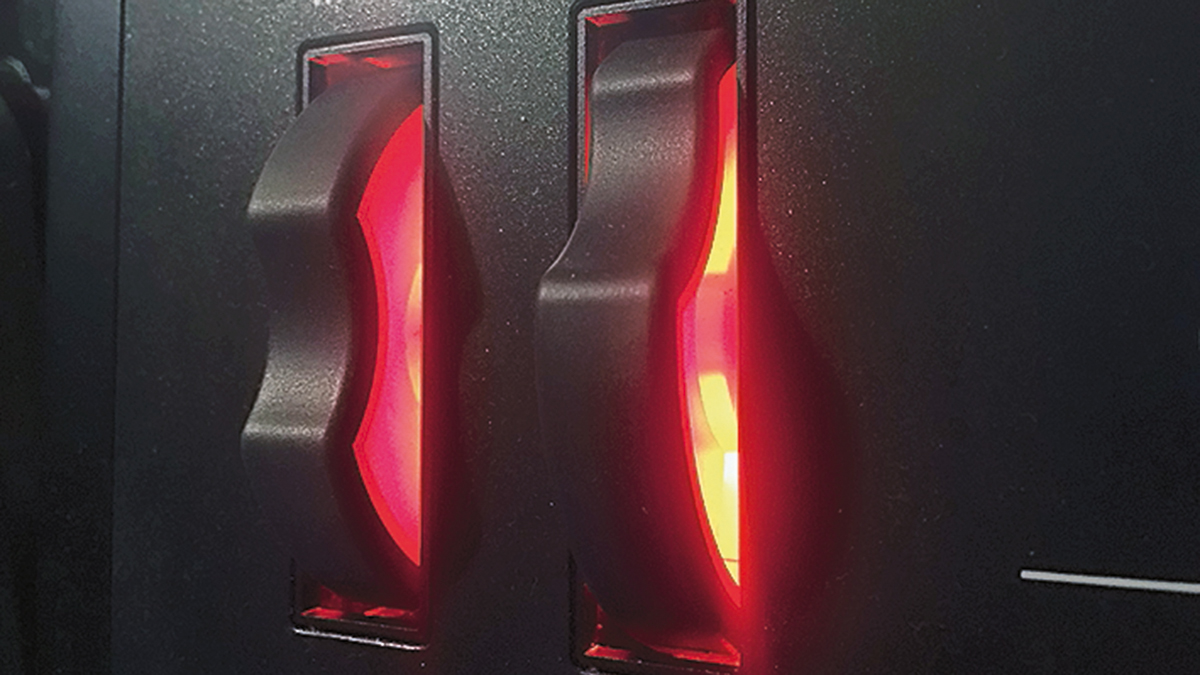
Step 6: Finally, keep tweaking away and ‘massaging’ the sound until it sits exactly as you want. Save your sound, then experiment using mapping controllers (such as aftertouch pedal and mod wheel) to manipulate the fading in and out of layers, effects levels, LFO rate, or anything else you fancy!
Want more synthy goodness? Get all our features, tutorials, tips and more at our Synth Week 2022 hub page.
Future Music is the number one magazine for today's producers. Packed with technique and technology we'll help you make great new music. All-access artist interviews, in-depth gear reviews, essential production tutorials and much more. Every marvellous monthly edition features reliable reviews of the latest and greatest hardware and software technology and techniques, unparalleled advice, in-depth interviews, sensational free samples and so much more to improve the experience and outcome of your music-making.
